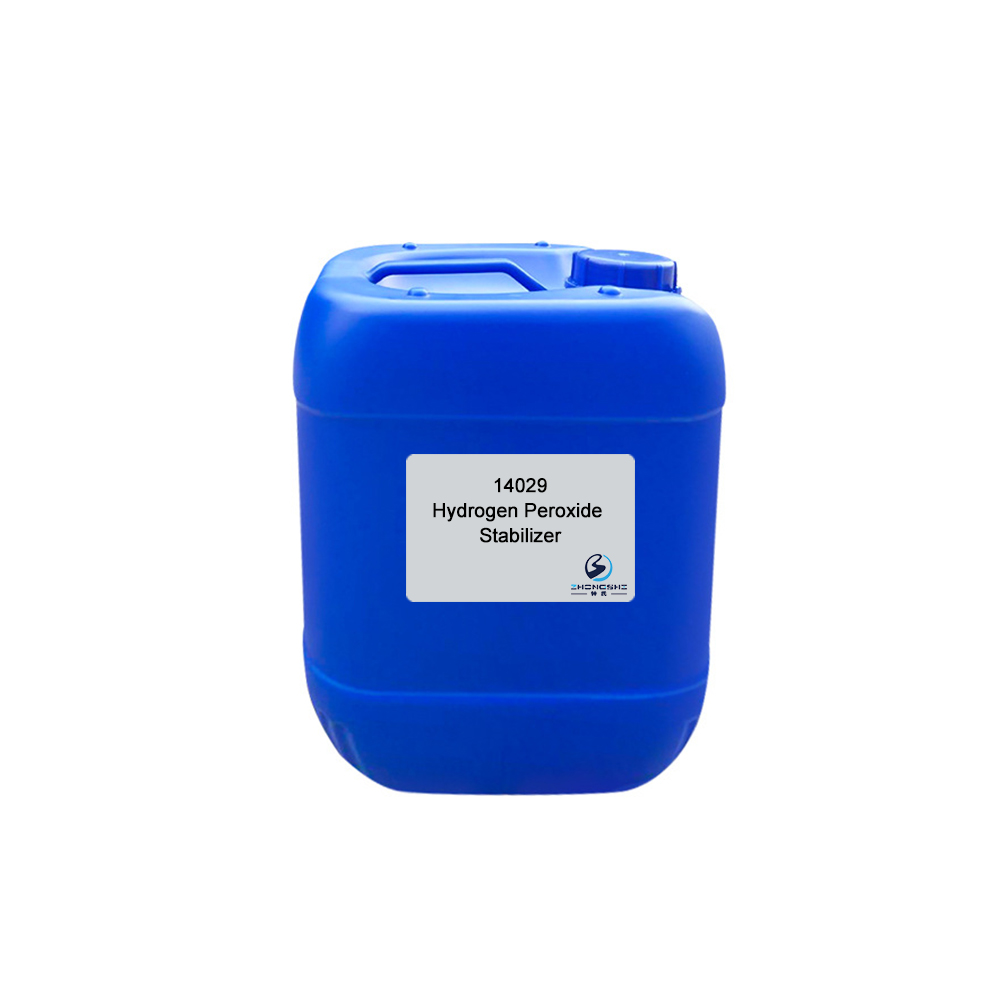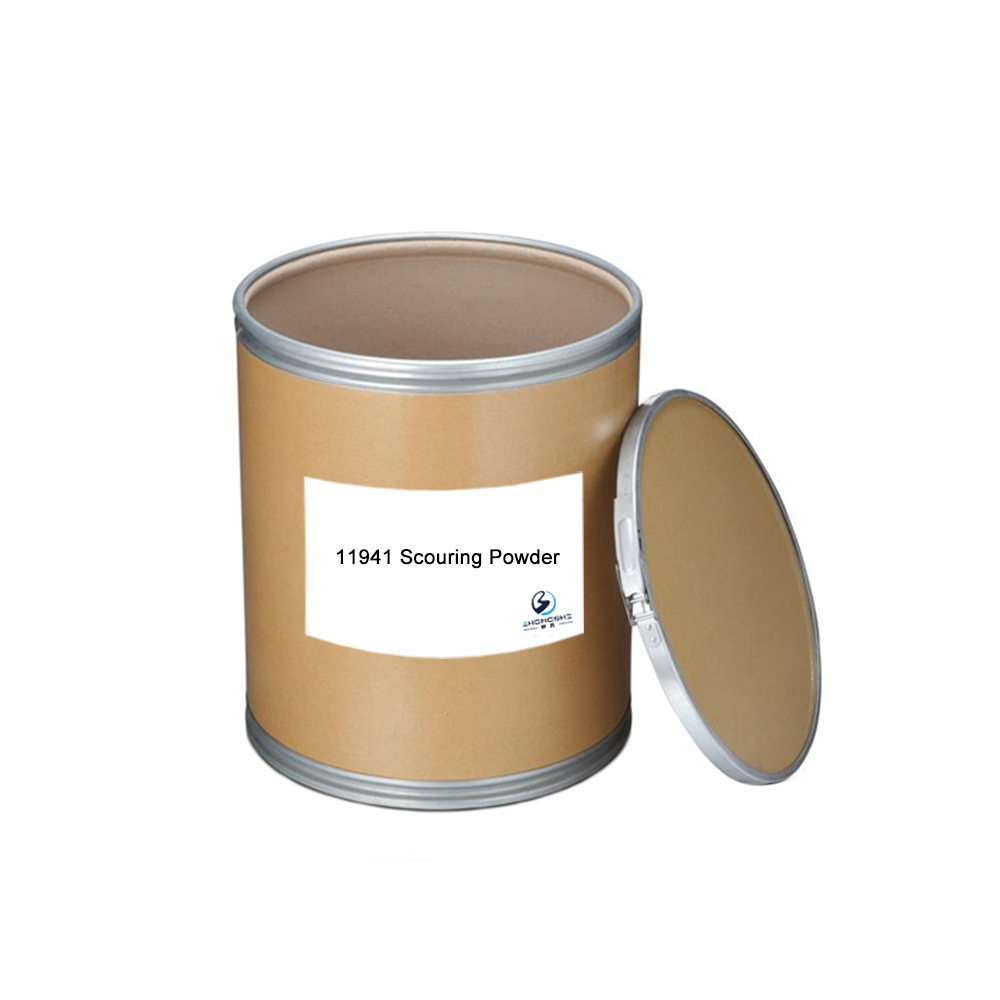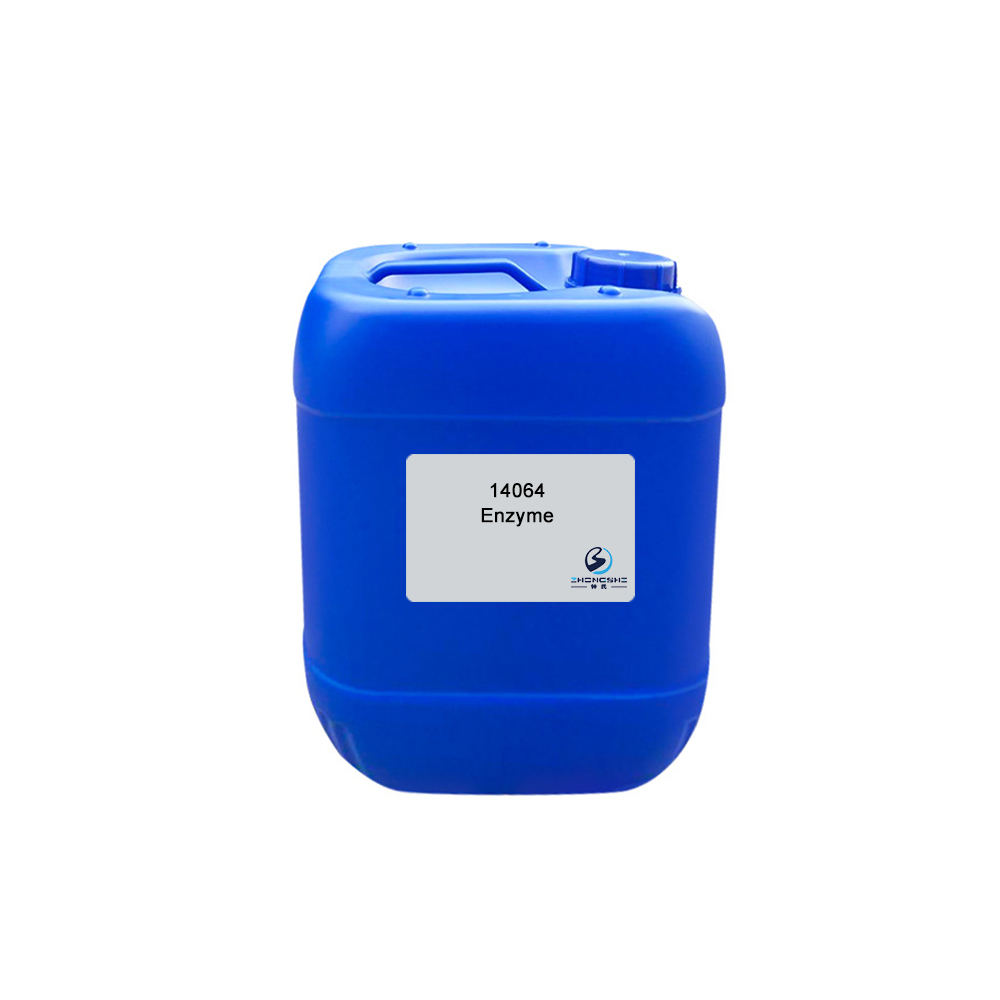13576 White Spot Preventing Agent
Features & Benefits
- Strong dispersing property for calcium salt, magnesium salt, iron salt, aluminum salt and nickel salt, etc.
- Has excellent chelating ability in acid condition.
Typical Properties
| Appearance: | Colorless transparent liquid |
| Ionicity: | Nonionic |
| pH value: | 2.0±0.5 (1% aqueous solution) |
| Solubility: | Soluble in water |
| Content: | 51% |
| Application: | Nylon/ spandex, etc. |
Package
120kg plastic barrel, IBC tank & customized package available for selection
TIPS:
Introduction of Pretreatment
Textile materials possess a variety of impurities in grey state or immediately after manufacturing. Natural fibers (cotton, flax, wool and silk, etc.) have inherited natural impurities. In addition, oils, sizes and other foreign matter are added for improved spinnability (in yarn manufacture) or weavability (in fabric manufacture). Textile materials are also occasionally contaminated accidentally by impurities acquired during production. All such impurities or foreign matter are to be removed from textile materials for better coloration (dyeing or printing) or to make them marketable in white form. Such steps, called preparatory processes, depend mainly on two factors namely:
1. The type, nature and location of the impurities present in the fiber to be processed.
2. The fiber properties such as alkali-acid sensitivities, resistance to various chemicals, etc.
Preparatory processes may be broadly classified into two groups, namely:
1. Cleaning processes, where bulk of the foreign matter or impurities are removed by physical or chemical means.
2. Whitening processes, in which trace coloring matter is destroyed chemically or the whiteness of the materials is improved optically.









